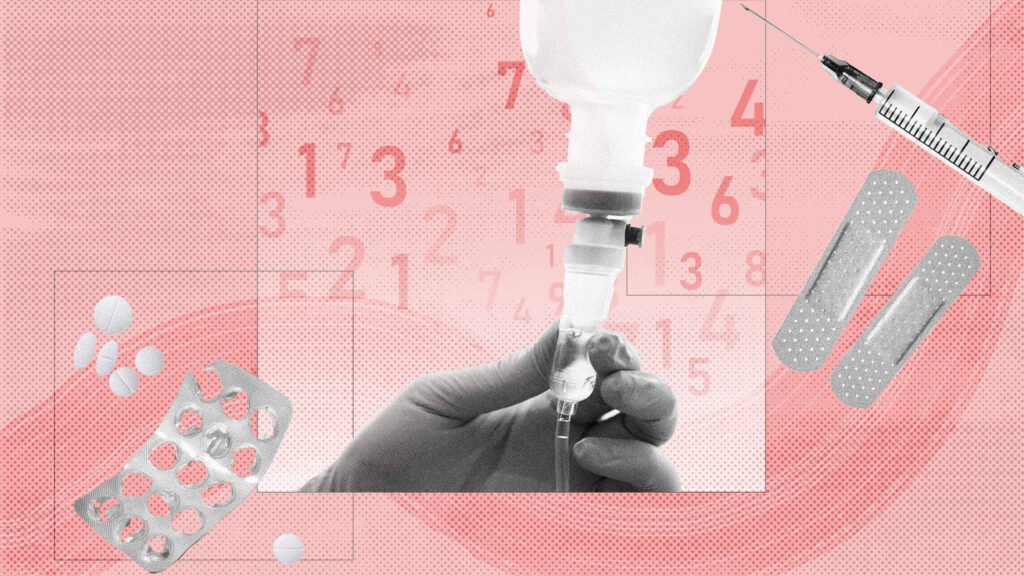Anyone who has had to see multiple health care providers has experienced the problem of one provider not communicating or coordinating with another. It can be frustrating when the proverbial left hand doesn’t know what the right hand is doing, especially when personal health is at risk. Conversely, receiving coordinated care can lead to life-changing changes.
The same is true on a broader scale for large patient populations experiencing all sorts of medical concerns. Many different organizations, from hospitals and community health centers to state and federal agencies, are responsible for protecting and improving the health of Americans across the country, and often work independently toward the same or similar goals. We are working on it. But if the approach is synergistic rather than siled, these public health efforts can lead to significant improvements in health outcomes.
One way policymakers and state leaders have been able to coordinate the related efforts of different agencies is by establishing data-driven public health partnerships among organizations charged with improving population health. is. State and local public health departments and state Medicaid agencies tend to have complementary efforts and datasets, making them ripe for collaborations that are greater than the sum of their parts.
Some states are creating data-driven partnerships between Medicaid agencies and public health departments, seeing the potential to improve health outcomes and reduce costs. Here are some examples:
childhood asthma
Rhode Island entered into a data sharing agreement between the Department of Health and the state’s Medicaid agency, with the two organizations collaborating to collect and evaluate data on the Home Asthma Response Program (HARP). This evidence-based intervention provides asthma management counseling to families at home with the goal of reducing preventable asthma emergency department visits and hospitalizations for high-risk children. After participating in HARP for one year, data show that patients experienced approximately 75% reductions in asthma-related hospital and emergency department costs. Based on this and other positive data, Rhode Island is working to expand access to HARP as a Medicaid benefit.
reduce tobacco use
In Oregon, the state Medicaid agency and the Department of Public Health forged a long-term partnership to reduce tobacco use, coordinating complementary, evidence-based strategies, and collaborating on joint initiatives. Public health agencies’ Tobacco Prevention Education Programs (TPEPs) focus on policy and system changes such as expanding smoke-free environments and conducting public awareness campaigns about the dangers of tobacco use, while state Medicaid agencies focus on clinical It focuses on interventions and medical interventions. Prioritize coverage of evidence-based programs to help people quit smoking. Data from each initiative will be shared to inform continuous improvement and goal setting of tobacco reduction efforts.
The two organizations have also worked directly together on joint initiatives such as the creation of quality care indicators designed to reduce the prevalence of tobacco use. This indicator requires Oregon Coordinating Care Organizations (CCOs), which are health plans serving Oregon Medicaid patients, to provide access to evidence-based interventions and policies, such as smoking cessation counseling and medications. It also encouraged plans to achieve measurable reductions in smoking. Fee. Within two years of implementing incentive metrics as part of the CCO Quality Incentives Program, all CCOs met the requirements to offer smoking cessation benefits, and the statewide smoking rate among Medicaid patients went from 29.3% to 26.6%. and decreased by nearly 3%. %.
Since then, states have been able to build on the program’s success by linking Medicaid delivery systems and public health systems to support broader disease prevention efforts across agencies.
vaccination
To address stagnant COVID-19 vaccination rates in summer 2021, the New York City Department of Health partnered with seven insurers covering more than 90% of the city’s Medicaid market to launch the Vaccine Outreach and Counseling Program ( VOCP) was implemented. The program will encourage health care providers to proactively reach out to unvaccinated patients to encourage them to get the COVID-19 vaccine, and will include information on insurance files and the health department’s citywide immunization registry. By comparing the results, we identified more than 960,000 patients eligible for vaccination counseling. During the three-month period of the program, the percentage of New Yorkers who received at least one dose of a COVID-19 vaccine increased from 71% to 82%. And while that progress cannot be directly attributed to VOCP, given the number of different vaccination efforts underway at the time, health care providers participating in VOCP believe that counseling is effective. I was thinking. In fact, these metrics were promising enough that just two months after VOCP’s completion, the U.S. Centers for Medicare and Medicaid Services authorized state Medicaid programs to cover similar efforts.
These are just a few examples of how states and local governments are improving health outcomes and lowering costs through data-driven public health partnerships, but they are helping every state address the full range of population health issues. This is an approach that can be used to If these partnerships are established in a sustainable manner, they could ideally become the cornerstone of state public health infrastructure across the country in the future.
David Hyun, MD, is the project director and Rachel Zetz, MPH, is the senior officer of the Pew Charitable Trusts’ State Health Solutions Project.

